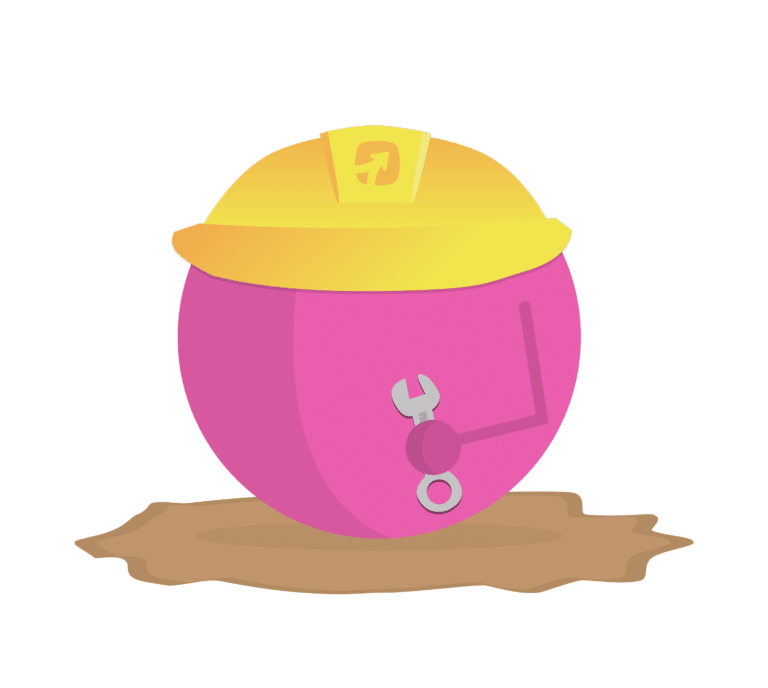Maximizing ROI Through Effective Product Decision Making
Conditions are changing and there is an eerie level of uncertainty in the air. The current climate has left little margin for error, forcing leadership teams to streamline their businesses to maximize profits. In light of this, product teams are more conscious than ever that they need to build profitable products that provide a high return on investment (ROI).
Working lean, making calculated decisions (without assumption) and listening to market trends, product managers find themselves playing a pivotal role in helping to maximize ROI for organizations.
To build or not to build? That is the question
Listen to your customers before making product decisions
Building stuff that nobody needs is not cost-effective. Feature adoption will be low and your resource investment will be wasted. Your customers may even cancel their subscription in favor of a product that is better suited to their needs. Understanding customer problems is a great place to start when deciding what to build next. Triage customer feedback and ideas from your backlog to see if you can achieve any quick wins. Is there anything you’re already sitting on which will easily solve that customer problem? Never assume that you know what the customer wants, and don’t be afraid to spend time making sure you get it right.

Know your market
A lean approach to product management includes being reactive to change and pivoting if needed. Keeping a close eye on market trends will help you decide which direction to move your product in. Be aware of social shifts, changes to the landscape, and purchasing habits, as you may need to change your focus at the last minute.
If you’re working with a roadmap that’s covered in dates and have you booked for the next year, two years, or more you’re not going to be able to be responsive to something shifting the marketplace. Often it’s something small that starts the ripple that sends your product down the wrong path – I bet you can think of at least 3 product-market-fit fails in less than a minute. (Myspace, Google Spaces, Blockbuster anyone?)
Or it could be something massive like a global pandemic that leaves a lasting impact on the way companies, do their work on a global level. I’m laboring the point here because there really are so many factors that affect product market fit; societal, economic, political, financial, technological, etc. that you really have to be across. Then you can ensure that you continue to be responsive and pivot your build product in a way that will provide more immediate, day-to-day value for your customers. Running away with new ideas and not thinking them through will not work – make sure you have product-market fit.
Money, money, money
The cost of your workforce
Product managers have the power to increase a product’s ROI by reducing waste and minimizing tech debt. This can be achieved by making sure the development team is working efficiently. A product manager needs to be confident in their decisions as to which items need to be built. Let’s imagine a feature needs 25 days of development work, as well two days for testing. If we assume that the hourly rate for an experienced developer is around $60, and support is needed by a scrum master and product owner, the feature is going to cost the company around $12,000, at least. You want to make sure that the cost is well spent. Imagine if you didn’t meet the expected outcome and had to start again? Make sure you accurately define your product specifications before sending them over to the development team – don’t waste their time.

Investment in product management practices
Lack of preparation, poorly calculated product decisions, and failure to look at the bigger picture will see you pour money down the drain. Solid product management practices will help you to ensure you’re only delivering real value to your organization. ProdPad helps product teams make better decisions when prioritizing what to build next. Product managers can map out objectives and expected outcomes, gather customer feedback, and generate ideas. You’ll also be able to validate that they will help solve customer problems. Avoid building the wrong thing!
If you want to reduce risk and cost of failure, as well as consistently meet your business objectives, then ProdPad is a good investment. Book yourself in for a demo with one of our product experts and we can go from there.
